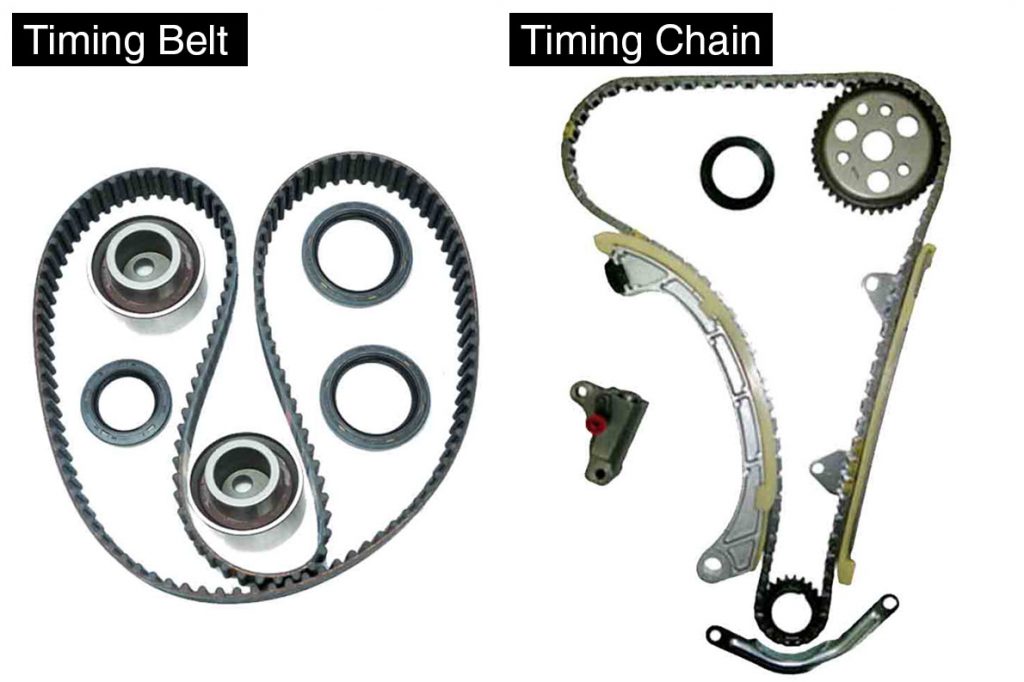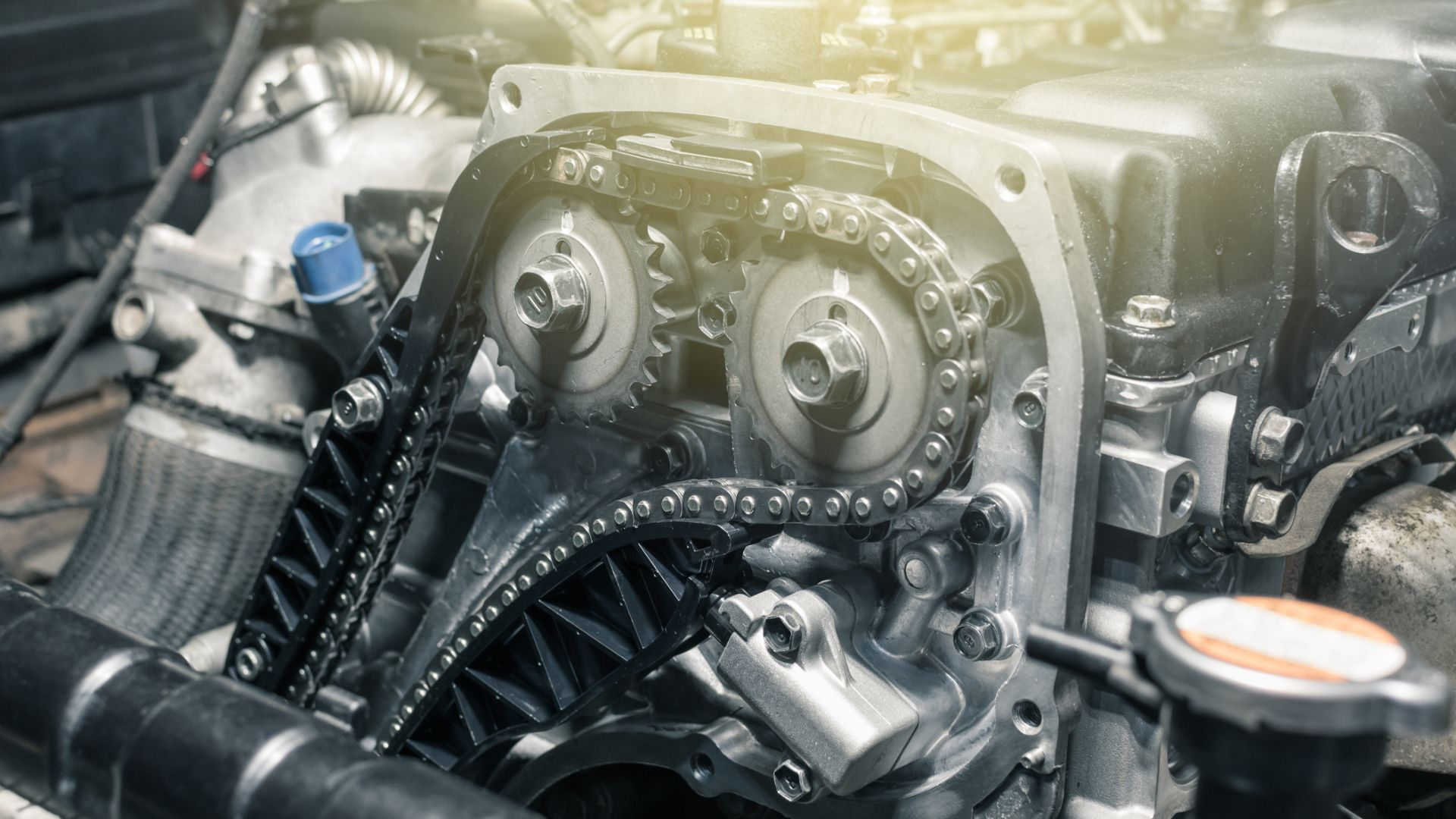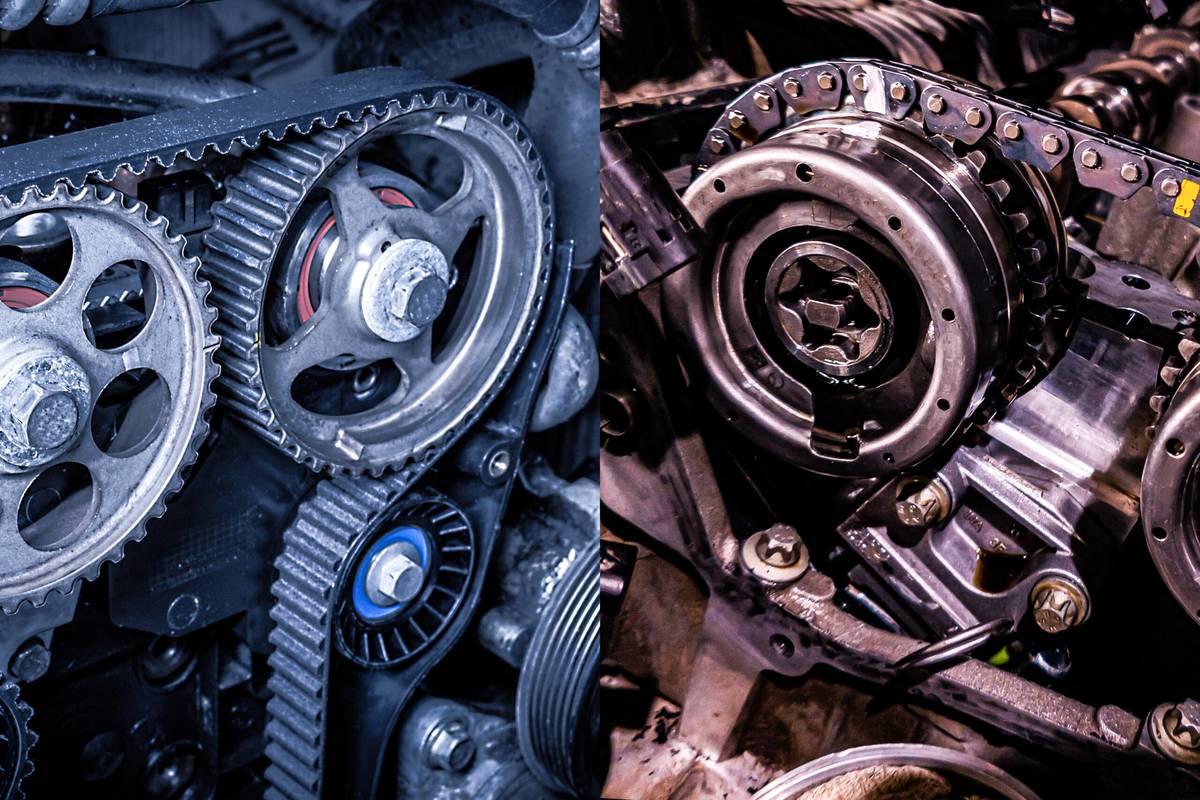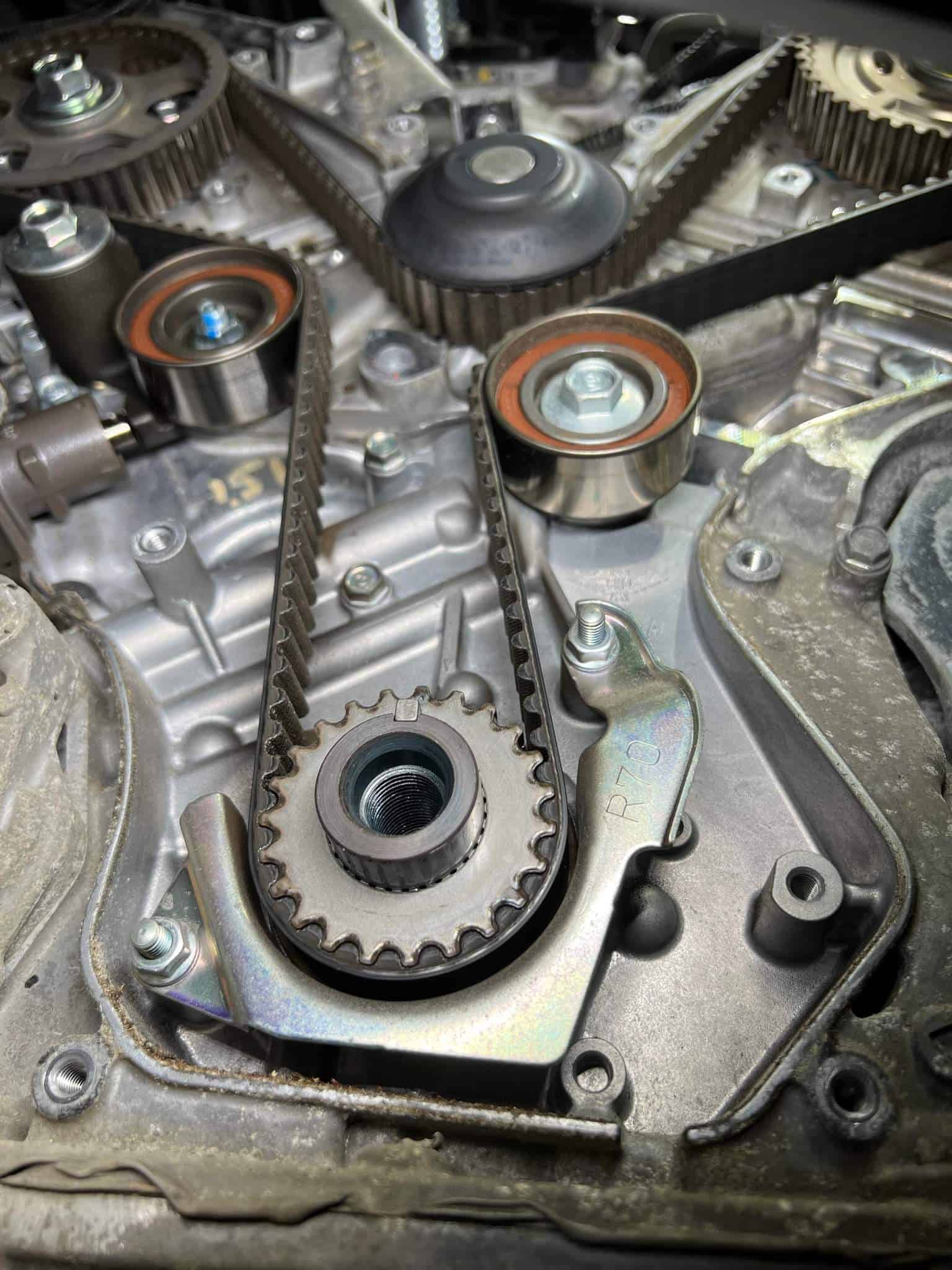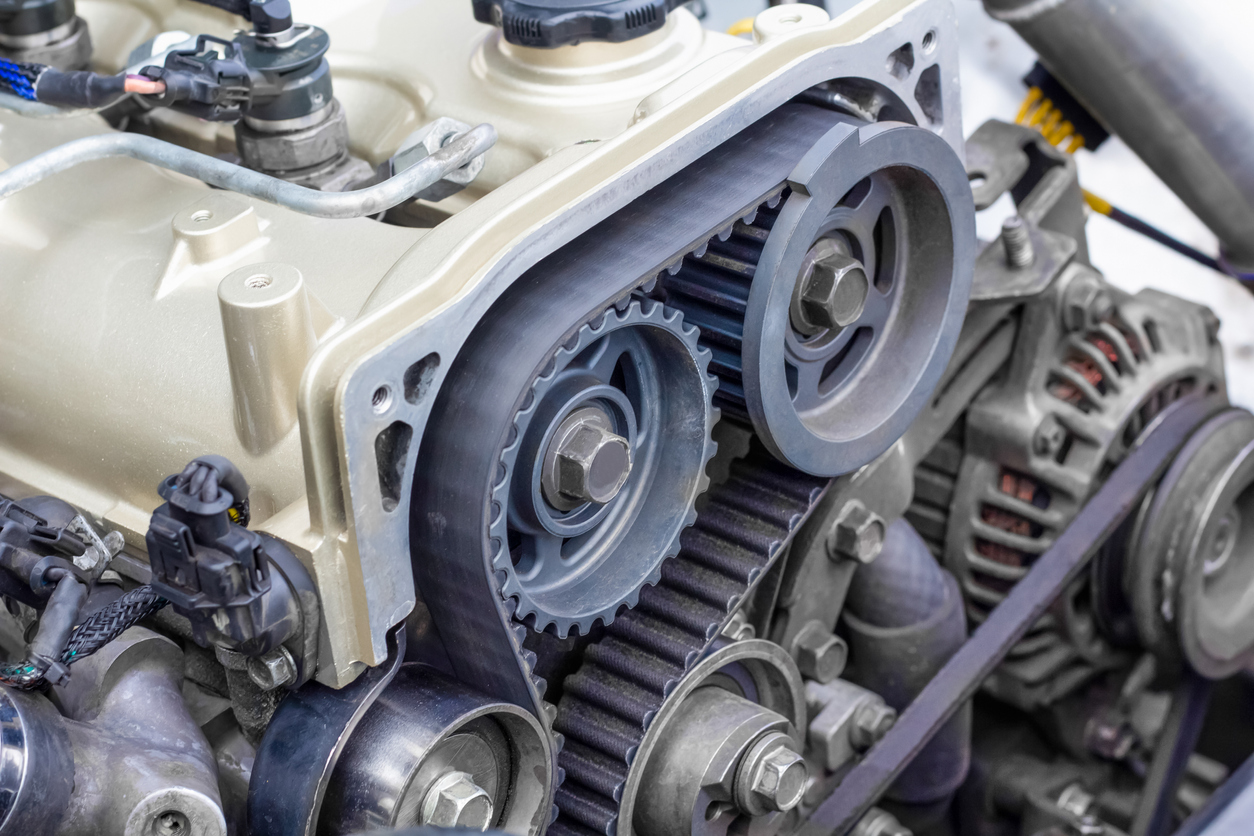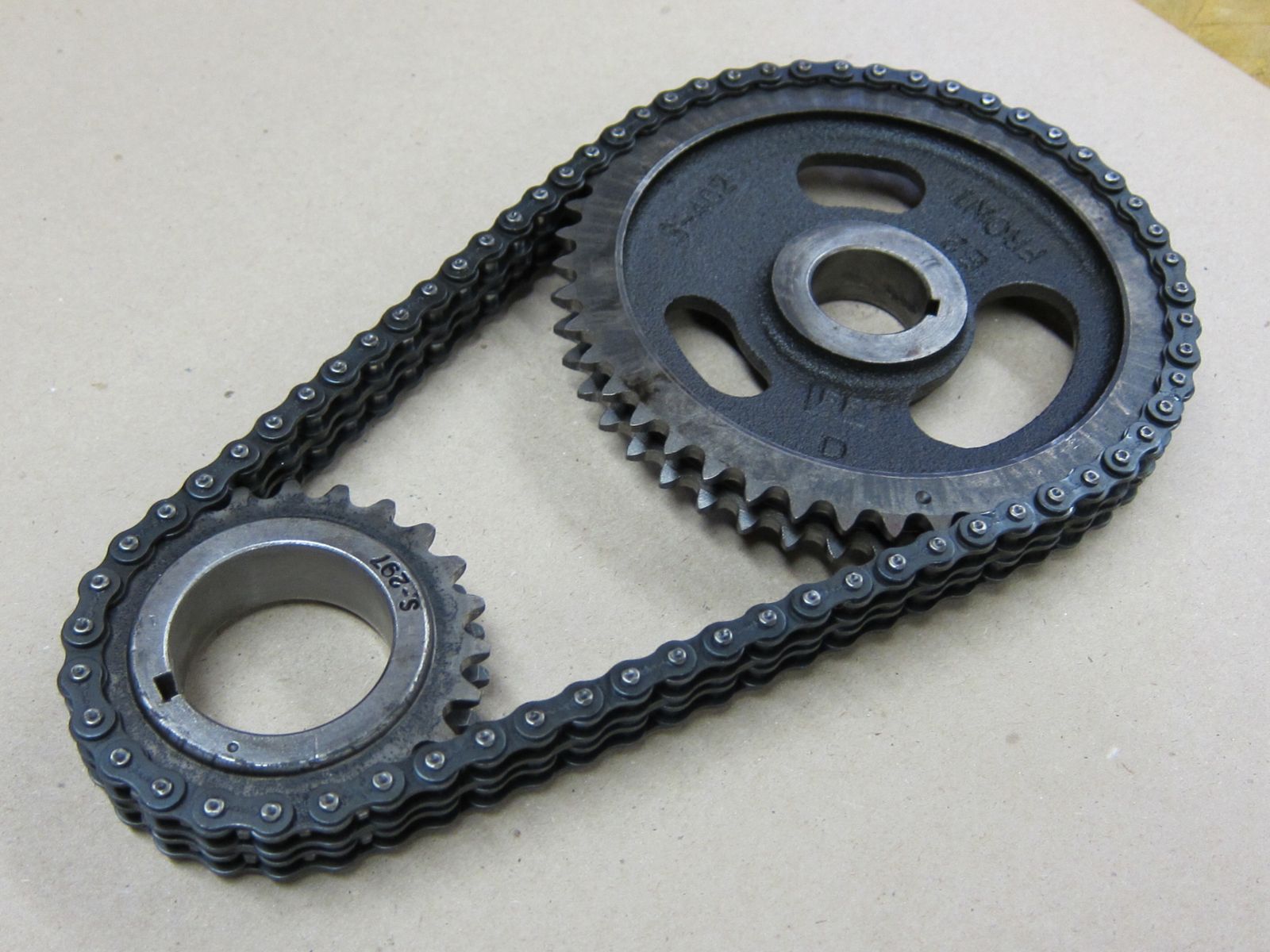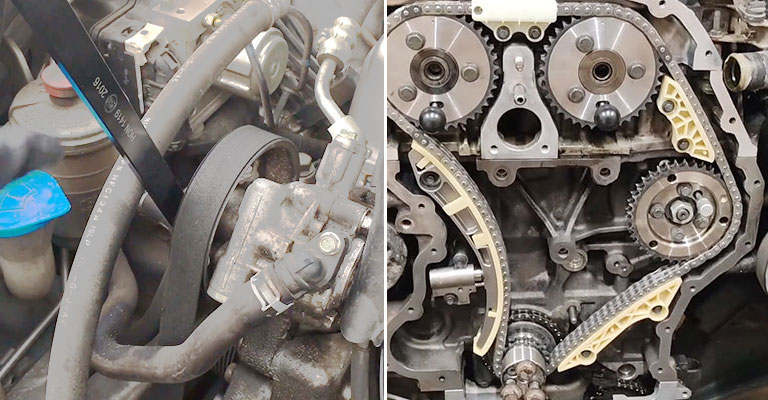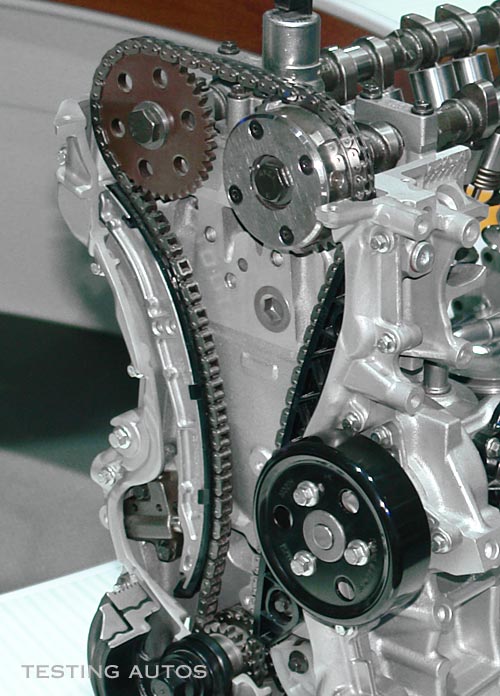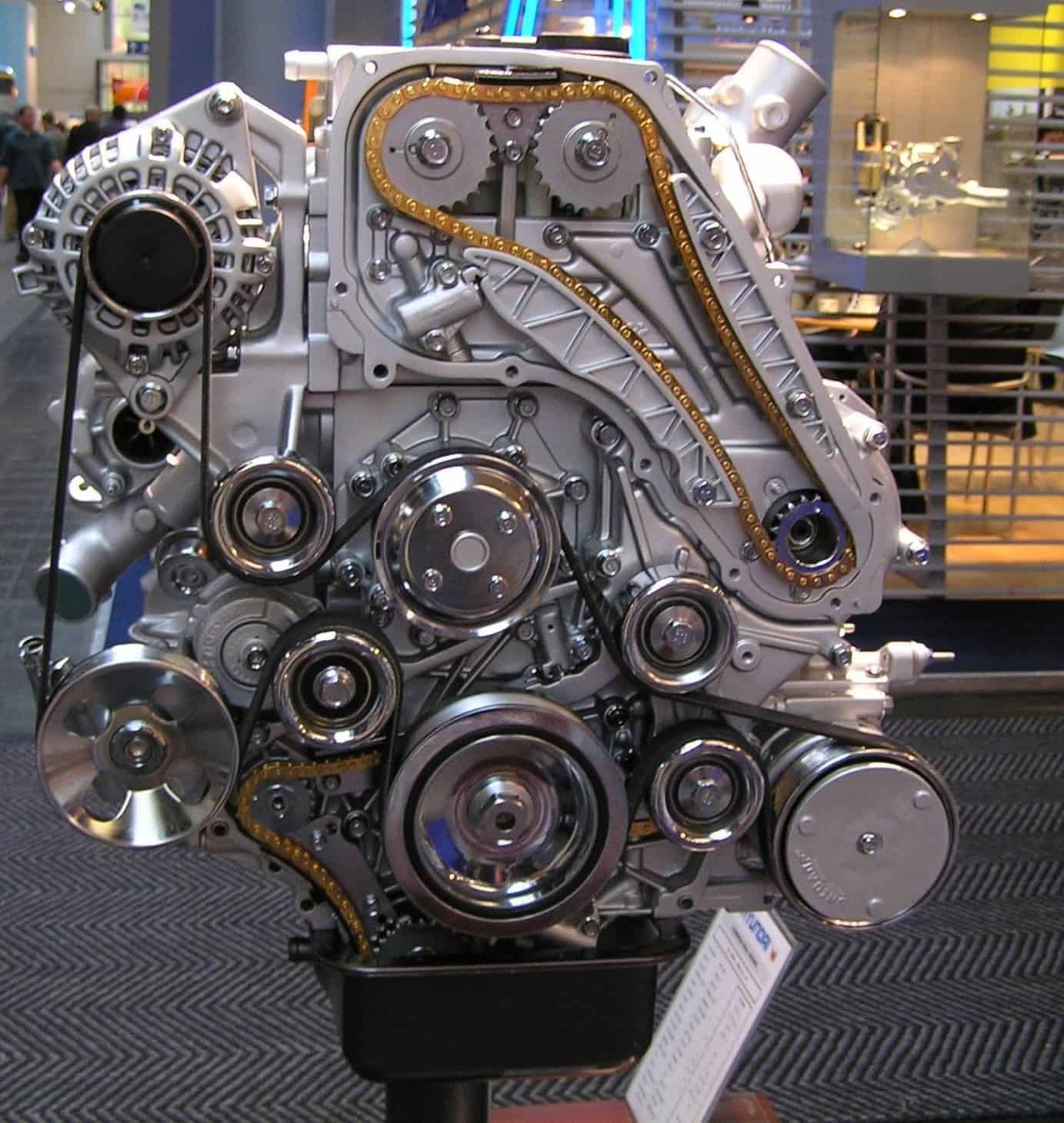Hyundai 3.3 V6 Engine Timing Belt Or Chain

The longevity and reliability of a vehicle's engine are paramount for car owners. A critical component influencing this is the timing system, specifically whether the engine utilizes a timing belt or a timing chain. The debate rages on, with consumers often unsure which system offers superior performance and durability. For owners and prospective buyers of vehicles equipped with the Hyundai 3.3L V6 engine, understanding this distinction is crucial for informed maintenance and purchase decisions.
This article delves into the specifics of the Hyundai 3.3L V6 engine's timing system, clarifies whether it employs a timing belt or a timing chain, explores the implications of each system regarding maintenance and potential issues, and provides guidance for owners on ensuring the long-term health of their engine. By examining credible sources and expert opinions, we aim to provide a clear and comprehensive understanding of this essential engine component.
The Hyundai 3.3L V6: Timing Chain Confirmed
The Hyundai 3.3L V6 engine, found in models like the Santa Fe, Sonata, and Kia Sorento, utilizes a timing chain. This information is consistent across various reputable automotive sources, including repair manuals, manufacturer specifications, and expert reviews. The use of a timing chain, as opposed to a timing belt, carries significant implications for maintenance schedules and overall engine reliability.
Timing Chain vs. Timing Belt: A Key Distinction
The fundamental difference between a timing chain and a timing belt lies in their construction and intended lifespan. A timing chain is typically made of metal, resembling a bicycle chain, and is lubricated by engine oil. Conversely, a timing belt is generally constructed from reinforced rubber or a composite material.
Timing chains are designed to last the life of the engine, barring unforeseen circumstances or neglect of proper maintenance. Timing belts, however, have a finite lifespan and require periodic replacement, typically every 60,000 to 100,000 miles, as specified by the manufacturer.
Maintenance Implications of a Timing Chain
The Hyundai 3.3L V6's use of a timing chain translates to reduced routine maintenance compared to an engine using a timing belt. Owners can generally avoid the significant expense of a timing belt replacement. However, this doesn't eliminate maintenance requirements altogether.
Regular oil changes are crucial for maintaining the health of the timing chain. Clean oil ensures proper lubrication, preventing excessive wear and potential stretching of the chain. Neglecting oil changes can lead to premature timing chain failure, which can result in catastrophic engine damage.
Potential Issues and Warning Signs
While timing chains are generally more durable, they are not immune to failure. Several factors can contribute to premature wear or failure, including poor lubrication, contamination, and excessive engine wear. Recognizing early warning signs is essential for preventing major engine damage.
Common symptoms of a failing timing chain include a rattling noise coming from the engine, particularly at startup or idle. Other indicators include engine misfires, a check engine light illuminated with codes related to timing issues, and decreased engine performance. If any of these symptoms are observed, it is crucial to consult a qualified mechanic for diagnosis and repair.
"Preventive maintenance is the key to maximizing the life of any engine component, including the timing chain," explains John Doe, a certified mechanic at Auto Experts Inc. "Regular oil changes with the correct viscosity oil are paramount for ensuring proper lubrication and preventing premature wear."
Ensuring Longevity of the Timing Chain
To maximize the lifespan of the timing chain in your Hyundai 3.3L V6 engine, follow these guidelines. Adhere to the manufacturer's recommended oil change intervals. Use the correct type and viscosity of engine oil as specified in the owner's manual.
Address any engine noises or performance issues promptly. Avoid aggressive driving habits that put excessive stress on the engine. By following these best practices, you can help ensure the long-term reliability of your engine.
Conclusion
The Hyundai 3.3L V6 engine utilizes a timing chain, offering a significant advantage in terms of reduced routine maintenance compared to engines using a timing belt. While timing chains are generally more durable, proper maintenance, especially regular oil changes, is crucial for preventing premature wear and ensuring long-term engine health. By understanding the characteristics of the timing chain and adhering to recommended maintenance practices, owners can enjoy the reliable performance of their Hyundai 3.3L V6 engine for years to come.
